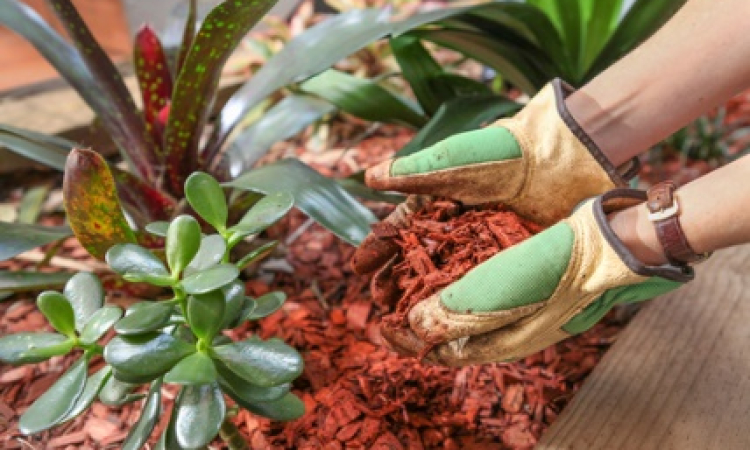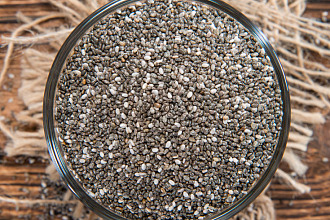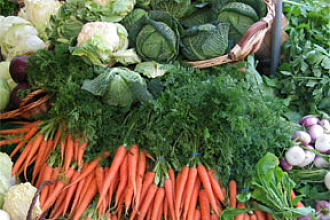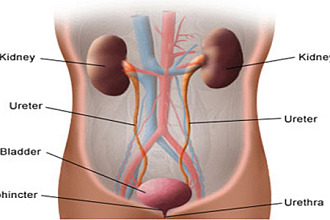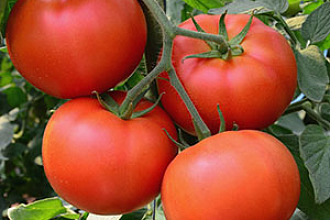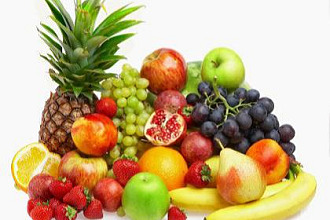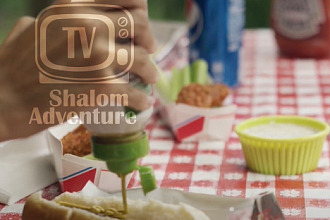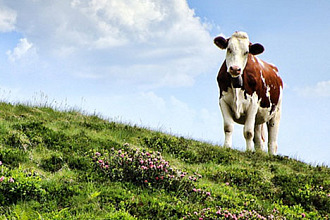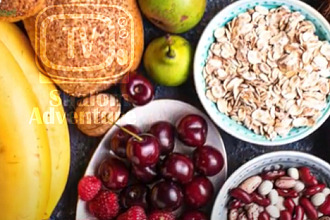With a few gardening techniques we can save ourselves a lot of time, energy and frustration. So, these practices are not worth forgetting.
Many people are learning how to grow their own organic produce so with that said, here’s a few gardening practices that can make a monumental difference.
Mulching: The number one mistake that many gardeners make is to skip out on the mulching. It’s important to cover the soil with mulch. And the reasons to mulch are many. Mulching helps the soil stay moist by preventing evaporation and by keeping the organic material from absorbing water when it’s there. It protects valuable soil life, including warding off predatory insects, worms, and microorganism that keep the growing space naturally tilled, fertilized, and balanced. This stops the topsoil from eroding during rain storms and windy days, and in fact, and it even adds nutrient-rich humus to the top soil as the organic material breaks down.
Composting: Frequently noted as one of the greenest things we can do, composting is a gardener’s must. The bulk of a good gardener’s labor is spent producing soil. If the soil is of high quality, then the plants will take care of themselves, and healthy plants are much more resistant to pest and disease problems. It just requires a little space and the realization that much of what we toss in the garbage could be tossed into the compost bin. For instance, fruit and veggie scraps help give us a natural rich soil builder.
Companion Planting: Wise gardeners recognize that plants work best when they work together. When we create bio-diverse gardens with plants performing functions for one another, something wonderful happens. Companion planting helps the garden to grow, and ensures that the soil doesn’t become depleted of any one particular nutrient. This helps by preventing pest problems and provides a natural fertilization and enriched crop production.
Timing: Gardening is a labor of love, and for those who continue to do it, it’s something they love laboring over. For a steady and usable harvest, timing is everything, so it's important to take a moment and be aware of when things are going to be planted. Timing has crucial considerations. It’s best to plant a few seeds every couple of weeks, to elongate the season. Secondly, when companion planting, it helps to note the time that it takes for different crops to grow. For example, radishes and many veggies work well together, and the reason is because the radishes are grown and harvested by the time the other veggies are big enough to need more space.
Designing: Despite our best intentions, the biggest mistake that we often make with gardening is poor design choices. We put them in the back corner of the yard, where they are forgotten. A good design has food popping up right beside the patio where you are relaxing, salad greens ready to be picked beside the walkway as you get home from work. It’s a good idea to garden in spots that are convenient rather than easily ignored.
Gardens are beautiful additions to any landscape. For some reason we’ve decided that things need to be planted in straight rows with no particular concern for aesthetics. Design food gardens as you would an ornamental garden. Mix plants, mix sizes, mix colors, and put them all into attractive beds, rather the rigid rows. Plants love to grow this way. Put these simple techniques into food production, stick with it, and the results will delight you. The soil will be constantly enriched rather than depleted, and remember that creating healthy pest resistant plants will require little time and attention.

